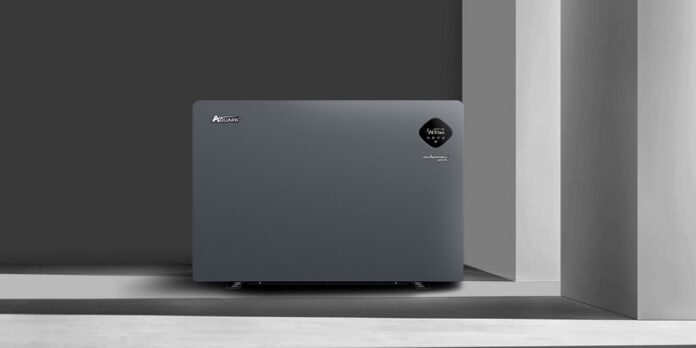Constructing swimming pools at home, resorts, or hotels is an ideal way to maximize these buildings’ space, thereby improving the aesthetic quality and value of these buildings. Also, when constructing a swimming pool, using professional and experienced labor is crucial. The professionals always advise that heat pumpers be installed in the pools to boost your swimming pool experience.
Heat pumpers are heating systems that absorb heat from the atmosphere and transfer the absorbed heat to an area. This area can be a swimming pool, hall, or more. However, these heat pumps exist in various types, and they are all composed of specific components that function together to generate the heat needed to heat an area.
Amongst the various types, the most effective is a common type found to be in high use today, the inverter pool heat pump. This type of heat pump requires caution when installing to aid the device in producing satisfactory results.
Before you consider installing an inverter pool heat pump, there are some tips to note to aid you in installing a heat pump device in your swimming pool. This article contains all the needed tips for installation and more. You can get the best inverter pool heat pumps for your swimming pool installations at www.aquark.com.
Components Of Inverter Pool Heat Pumps.
Before looking at the tips for installing inverter pool heat pumps in a swimming pool, we must examine the different components to be familiar with the parts before installation. These components are:
- Inverter: This is the power source of the heating system. It receives power from an electric outlet and stores it for the system at any given time.
- Compressor: This part receives the refrigerant at low temperature and low pressure in a gaseous state, compresses it to a high temperature and high pressure in a gaseous state before transferring it.
- Condenser: This is considered the main component of the heating system that receives the refrigerant from the compressor and condenses it to have high pressure but the low temperature in a semi-liquid and semi-gaseous state.
- Extraction valve: This receives the refrigerant from the condenser and reduces the pressure while maintaining the refrigerant’s state.
- Evaporator: This receives the refrigerant from the extraction valve and transforms the state to a gaseous state while maintaining low pressure.
- Refrigerant: This is the substance used during the refrigeration cycle.
Tips For Installing Inverter Pool Heat Pumps
There are specific tips that guide the installation of inverter heat pumps in swimming pools. They are:
- Pool’s size and location: The professional checks the pool location and size to aid him in installing the device for a better result when using the heating system. The device has two sections; one section. One is immersed in the pool while the other is kept somewhere dry and close to an electric outlet.
- The building: Definitely, the way the device is installed on homes is different from how it is installed in resorts and luxury hotels.
Conclusion
Installing heating systems requires precision and caution because these devices, if not correctly installed, can be a source of harm to their owners. This article contains the safest tips for installing these devices.







